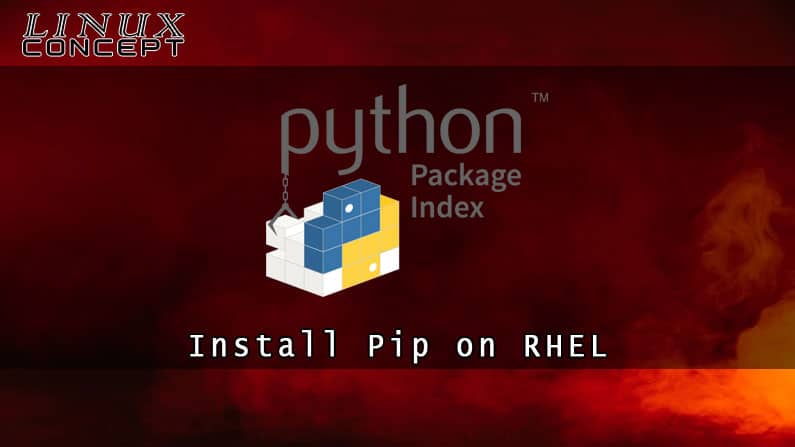

nano ~/.bash_profile export PATH="$PATH:~/Library/Python/3.7/bin"

Note the version number in the file path. (If you don’t do the aliasing, you will want to do this:) pip3 install ansibleĪnsible will install itself to your PATH, but aws-cli lands in a Python folder, so we need to add that folder to our Bash profile. You can now do things like: pip install ansible pip install awscli -upgrade -user Great 👍 Using Pip3-managed tools on the command line Re-open the terminal and check that this worked: pip -version bash_profile: nano ~/.bash_profile alias pip='pip3' Let’s not worry about remembering to type out pip3 or python3 by aliasing them from your. This comes with pip3, Python’s package installer/manager, which we want for Ansible, etc. Make sure to define the version you want: brew install python3 Once you have the file paths, you can then check versions like: /usr/bin/python -version Installation with Homebrew We want the latest 3.x version and will install it with Homebrew.Ĭheck current Python status in the terminal (these are all terminal commands!)-you can hit tab twice after typing “python” to see all the auto-complete options of all the Python installs you may have. On a Mac, your system came with one built in, probably 2.7, which is not what we want to use for installing tools such as Ansible or the AWS command line interface. Python has several versions, 2 and the newest, 3-up to 3.7 at the time of this writing. Had a slightly confusing time doing this recently, so here’s a brief explanation of how to do this and why you might want to: Setting up Python3 and Pip3 on your Mac Setting up Python3 and Pip3 on your Mac


 0 kommentar(er)
0 kommentar(er)
